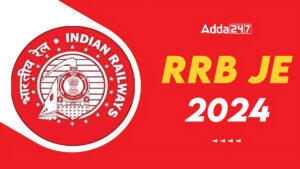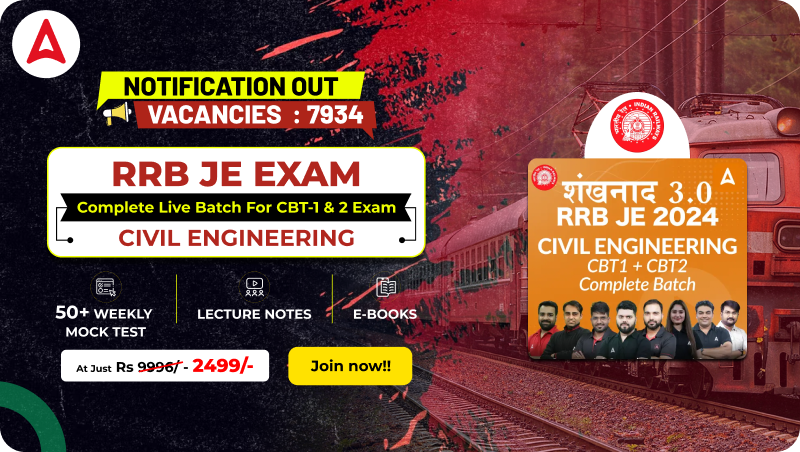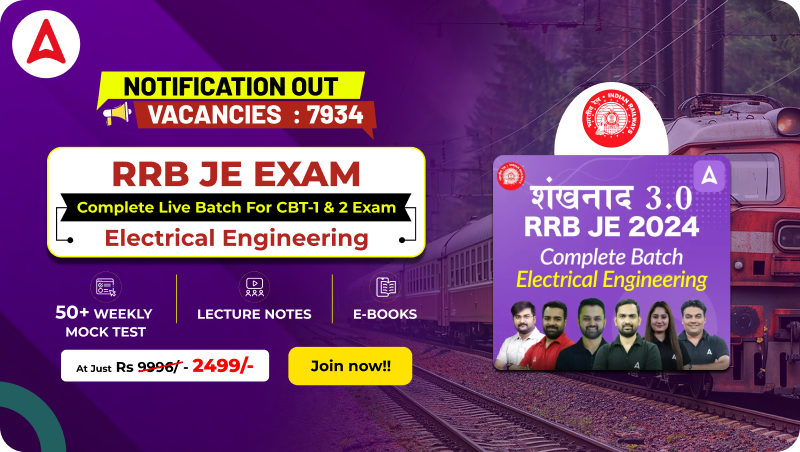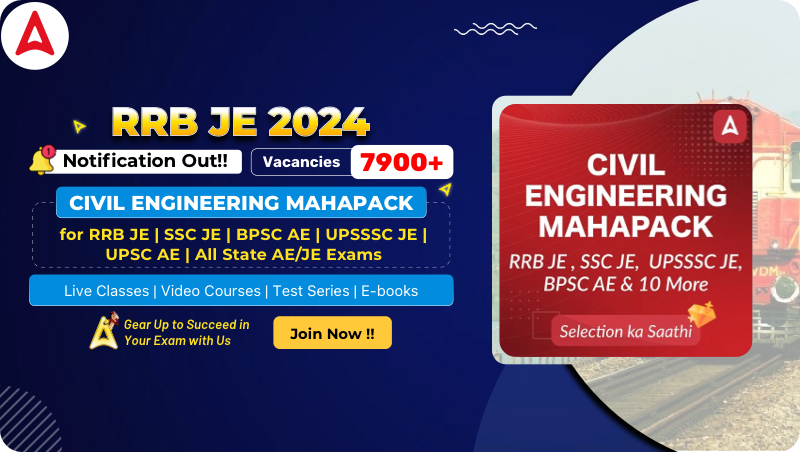Quiz: Mechanical Engineering
Exam: UPPSC Lecturer
Topic: Miscellaneous
Each question carries 1 mark
Negative marking: 1/4 mark
Time: 6 Minutes
Q1. The ability of material to resist softening at higher temperature is known as
(a) Creep
(b) Hot tempering
(c) Hot hardness
(d) Fatigue
Q2. Addition of Nickel to Steel helps in improving
(a) Fatigue resistance
(b) Creep resistance
(c) Corrosion resistance
(d) Cost reduction
Q3. A pitot static tube is used to measure
(a) Stagnation pressure
(b) Static pressure
(c) Dynamic pressure
(d) Difference between the static pressure and dynamic pressure
Q4. The constant pressure lines ……. on a Mollier diagram
(a) Are equispaced throughout
(b) First Converge and then diverge
(c) Diverge from left to right
(d) Diverge from right to left
Q5. If Nusselt number is 2000 with corresponding Reynolds and Prandtl numbers as 20 and 10 respectively, the relevant Stanton number will be
(a) 40
(b) 20
(c) 5
(d) 10
Q6. The cone clutches have become obsolete because of
(a) Small cone angles
(b) Exposure to dirt and dust
(c) Difficulty in disengaging
(d) All of the above
Solutions
S1. Ans.(c)
Sol. The ability of material to resist softening at higher temp, is known as hot hardness.
S2. Ans.(a)
Sol. Addition of nickel in steel increase the fatigue strength.
S3. Ans. (c)
Sol. A simple pitot tube measure stagnation pressure but a pitot static tube is used to measure dynamic pressure.
S4. Ans. (c)
Sol. Constant pressure lines diverge from left to right on Mollier diagram.
Mollier diagram is drawn between enthalpy (h) on y-axis and entropy (s) on x-axis.
The slope of constant pressure line on h-s curve is absolute temperature.
S5. Ans. (d)
Sol. we know that, the Stanton number is
Stanton number = (Nusselt number)/(Reynolds number ×prandtl number)
Stanton number = 2000/(20 × 10)
Stanton number = 10
S6. Ans (a)
Sol. For designing plate or disc clutch, we assume uniform wear theory because most of the clutches wear uniformly for most of their life cycle. Hence, designing of a clutch by considering uniform wear theory, will be cost effective and close to real life simulation of clutch.

 CSIR CECRI Salary 2024, In Hand Salary S...
CSIR CECRI Salary 2024, In Hand Salary S...
 NMDC JOT Syllabus 2024, Check Subject Wi...
NMDC JOT Syllabus 2024, Check Subject Wi...
 RRB JE Exam Date 2024 Out, CBT 1 Junior ...
RRB JE Exam Date 2024 Out, CBT 1 Junior ...










